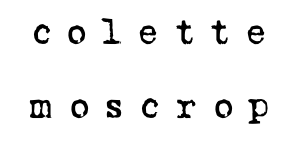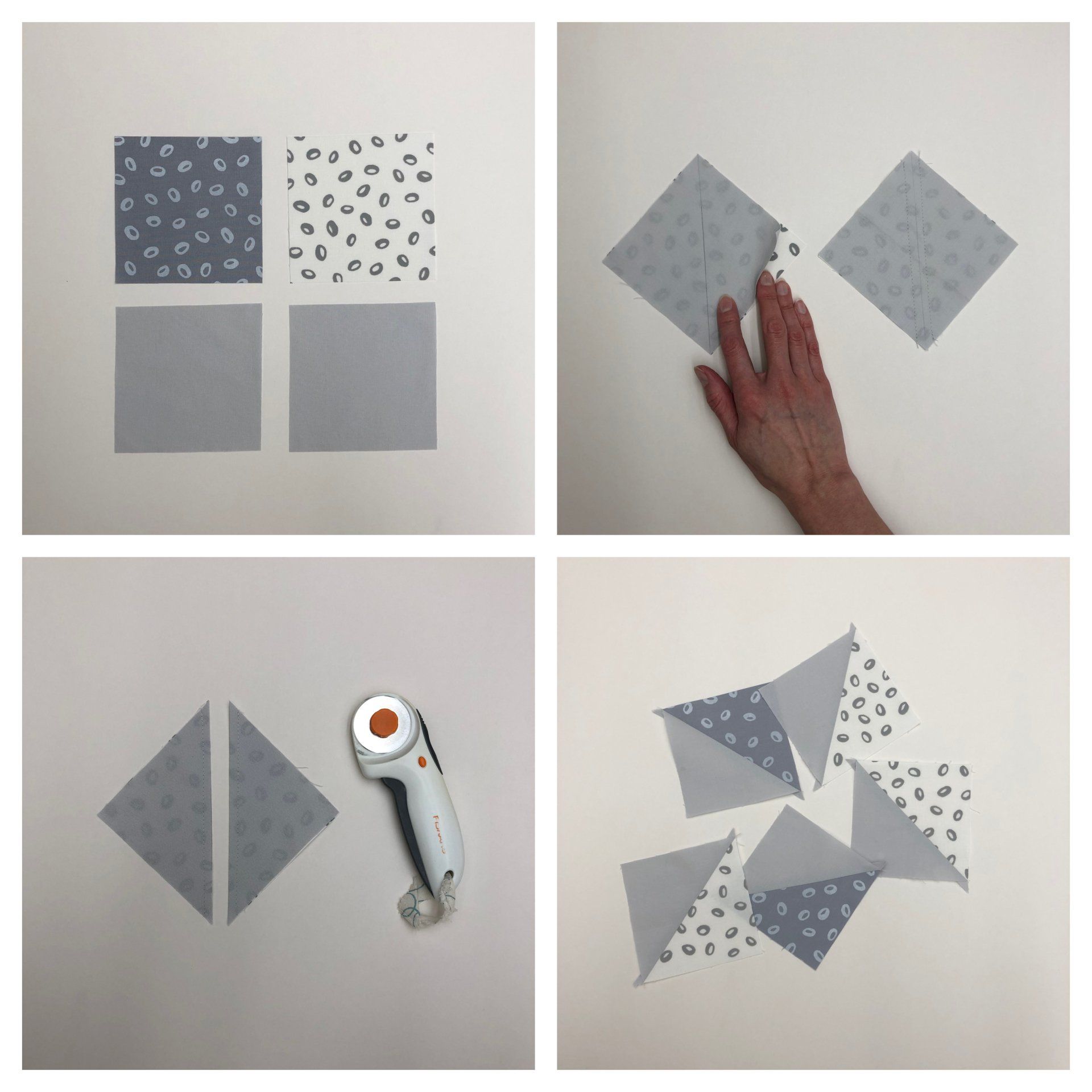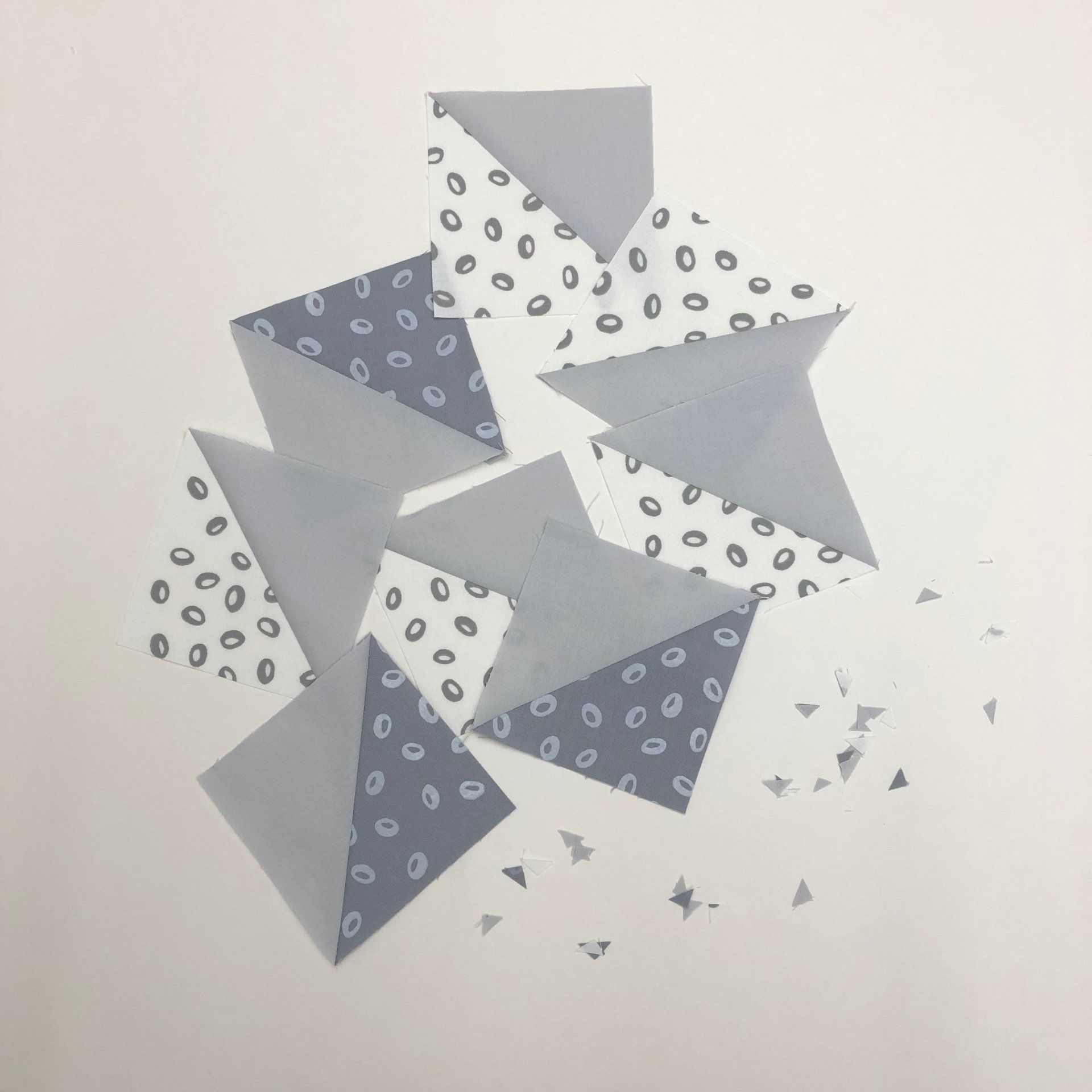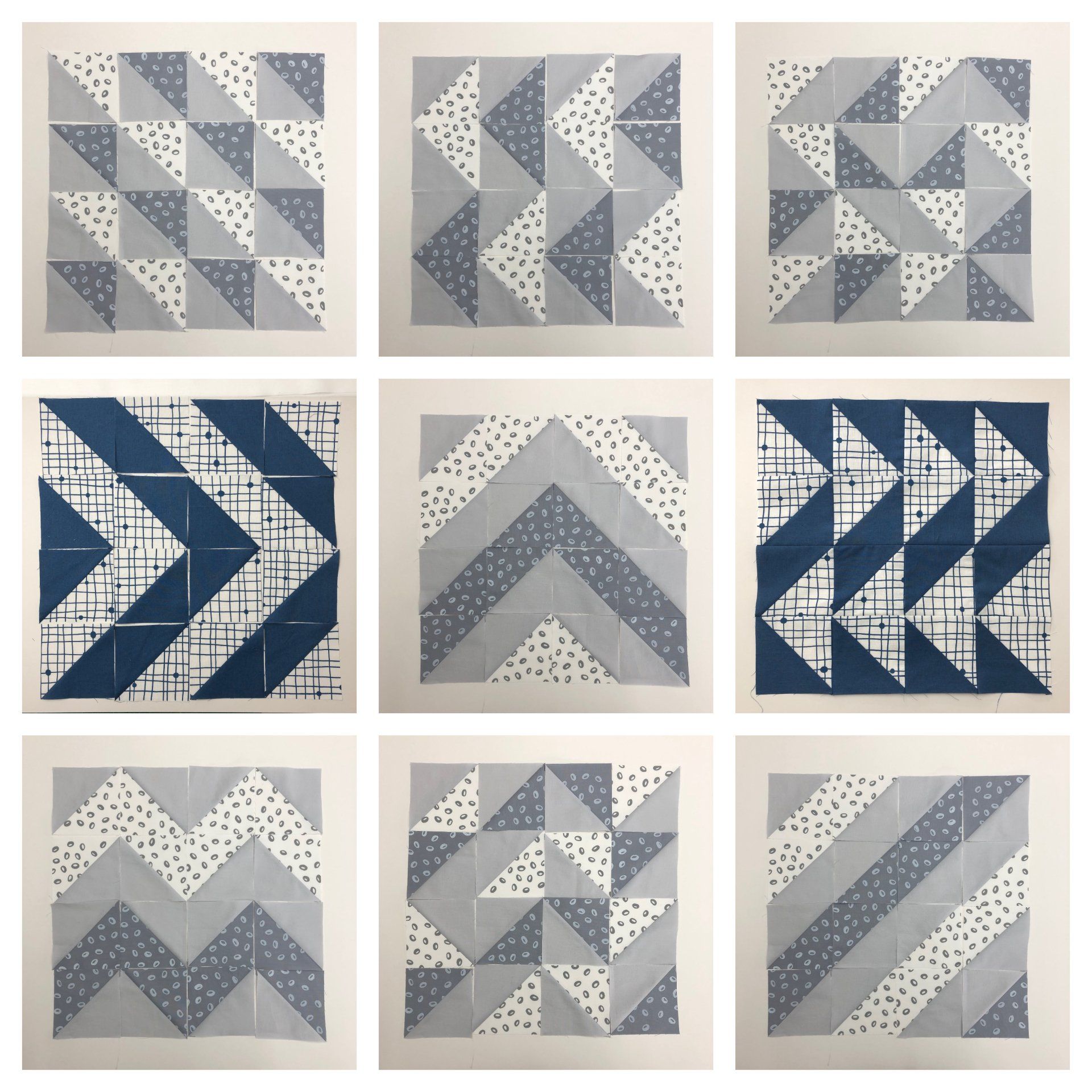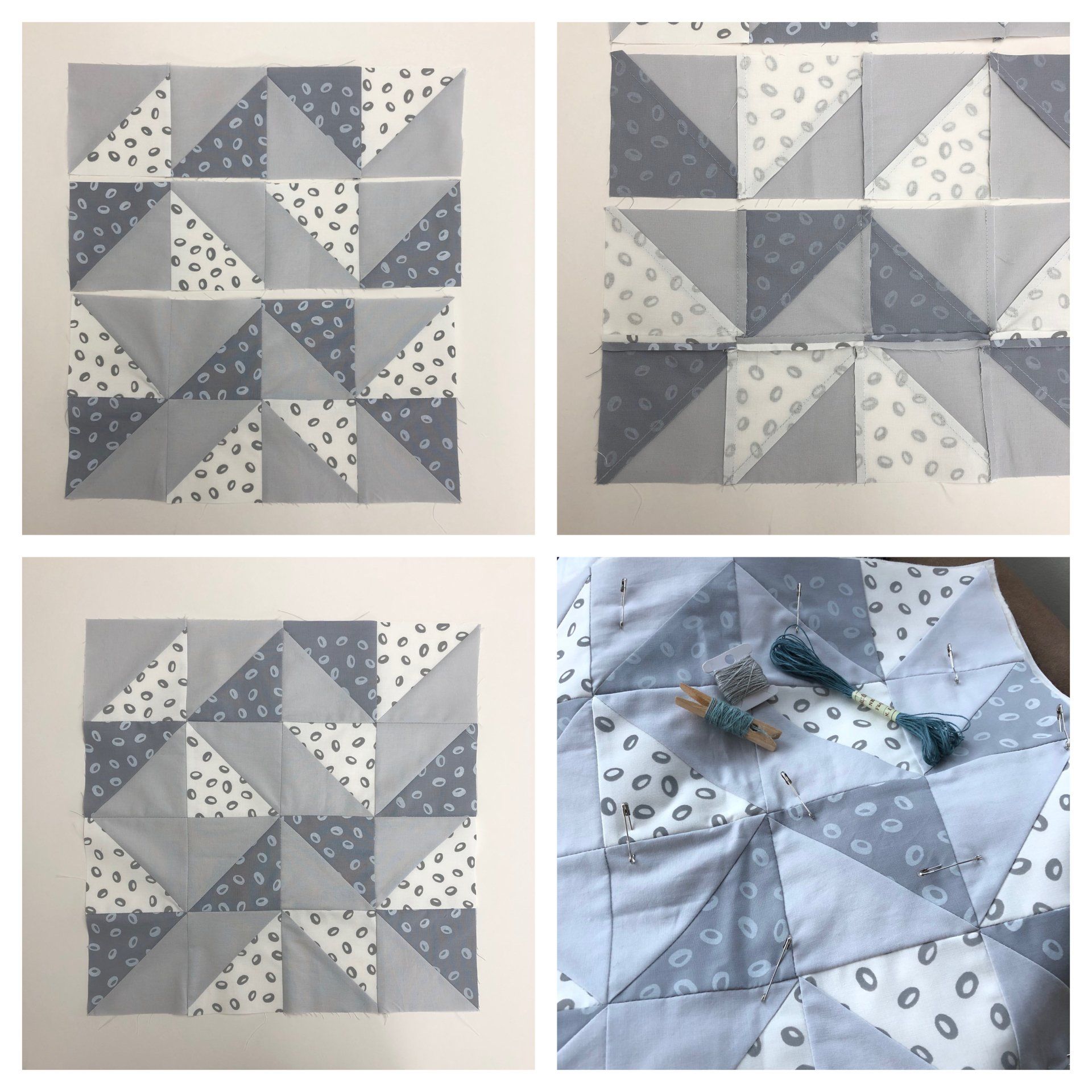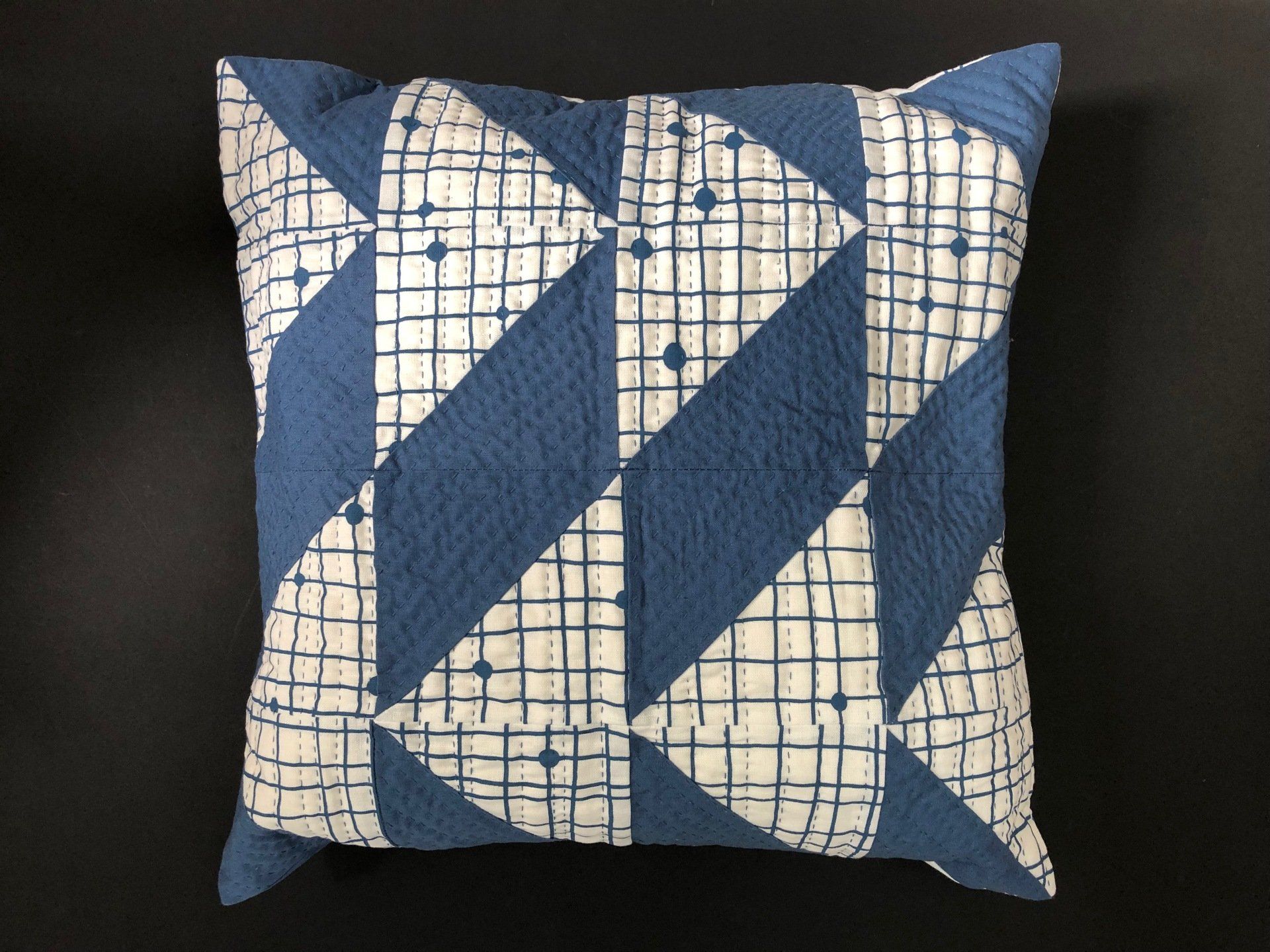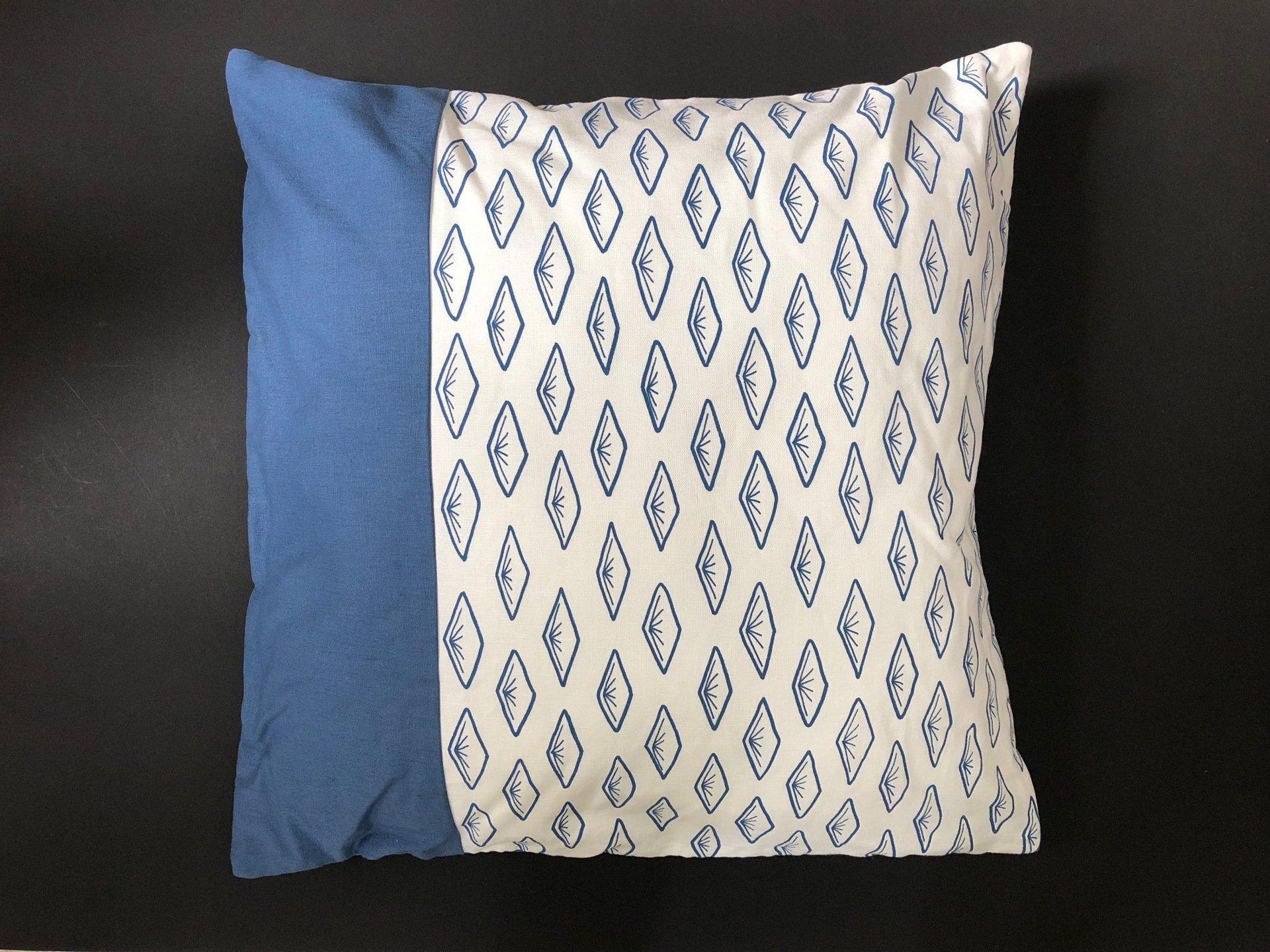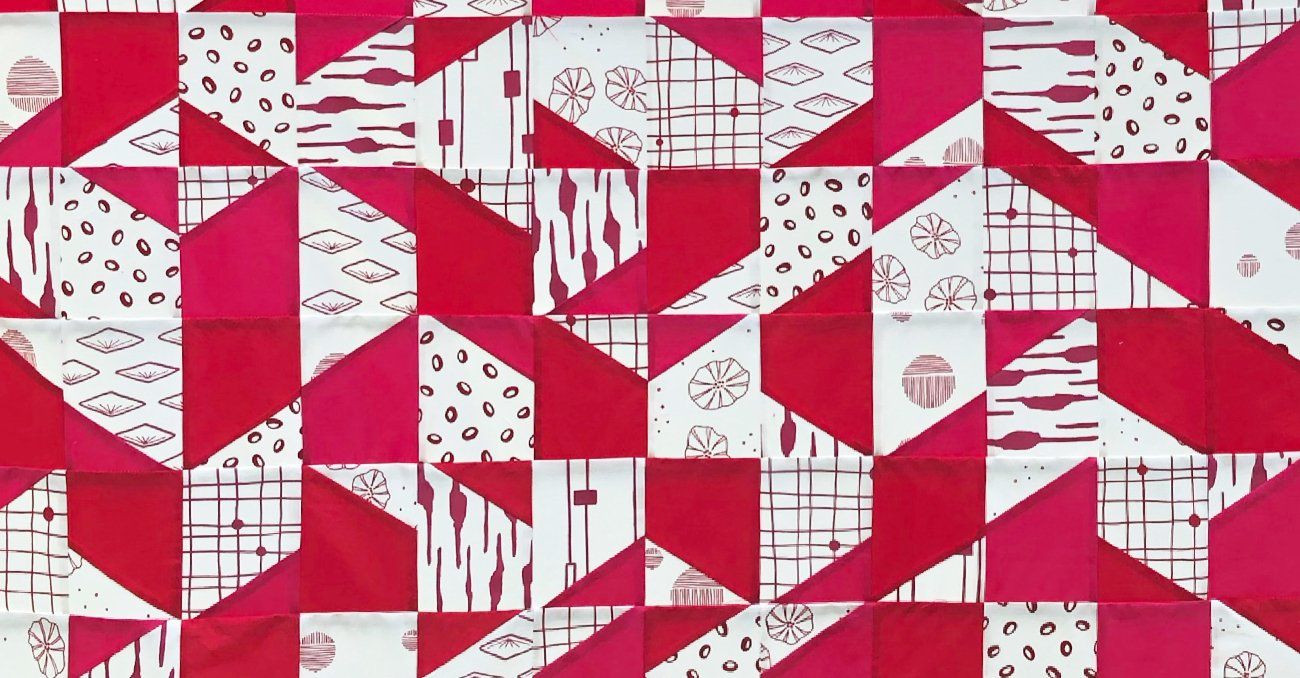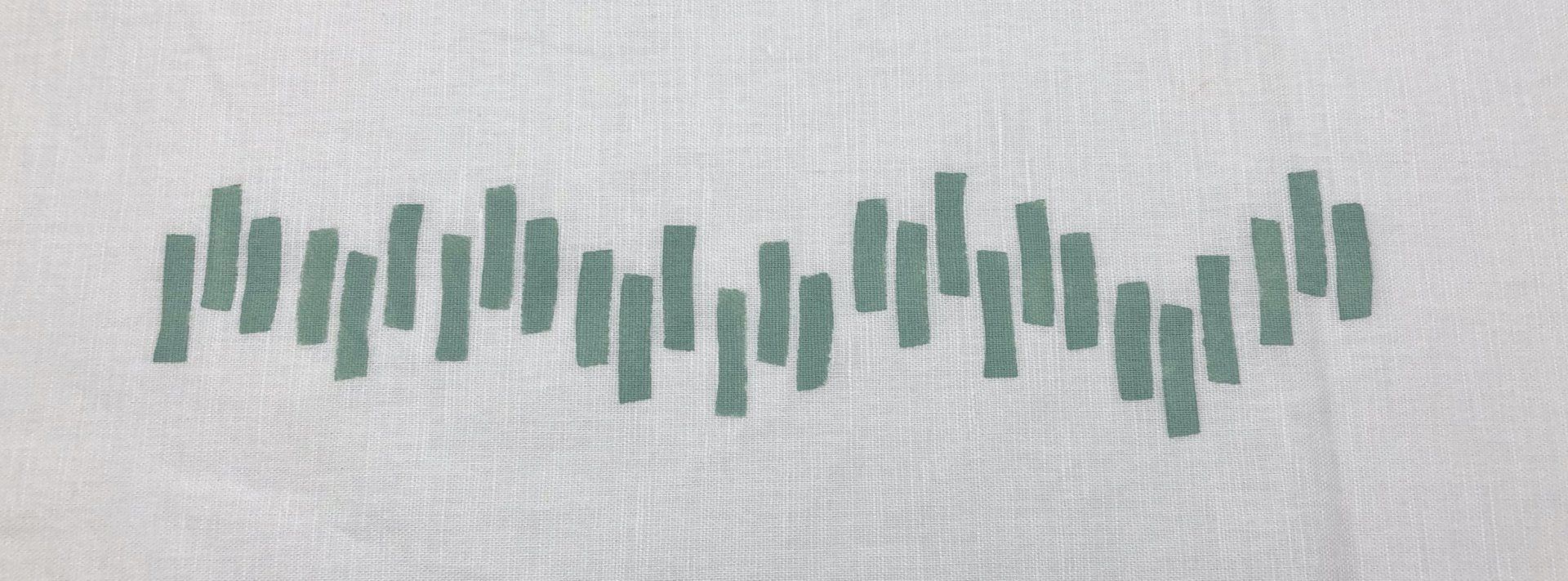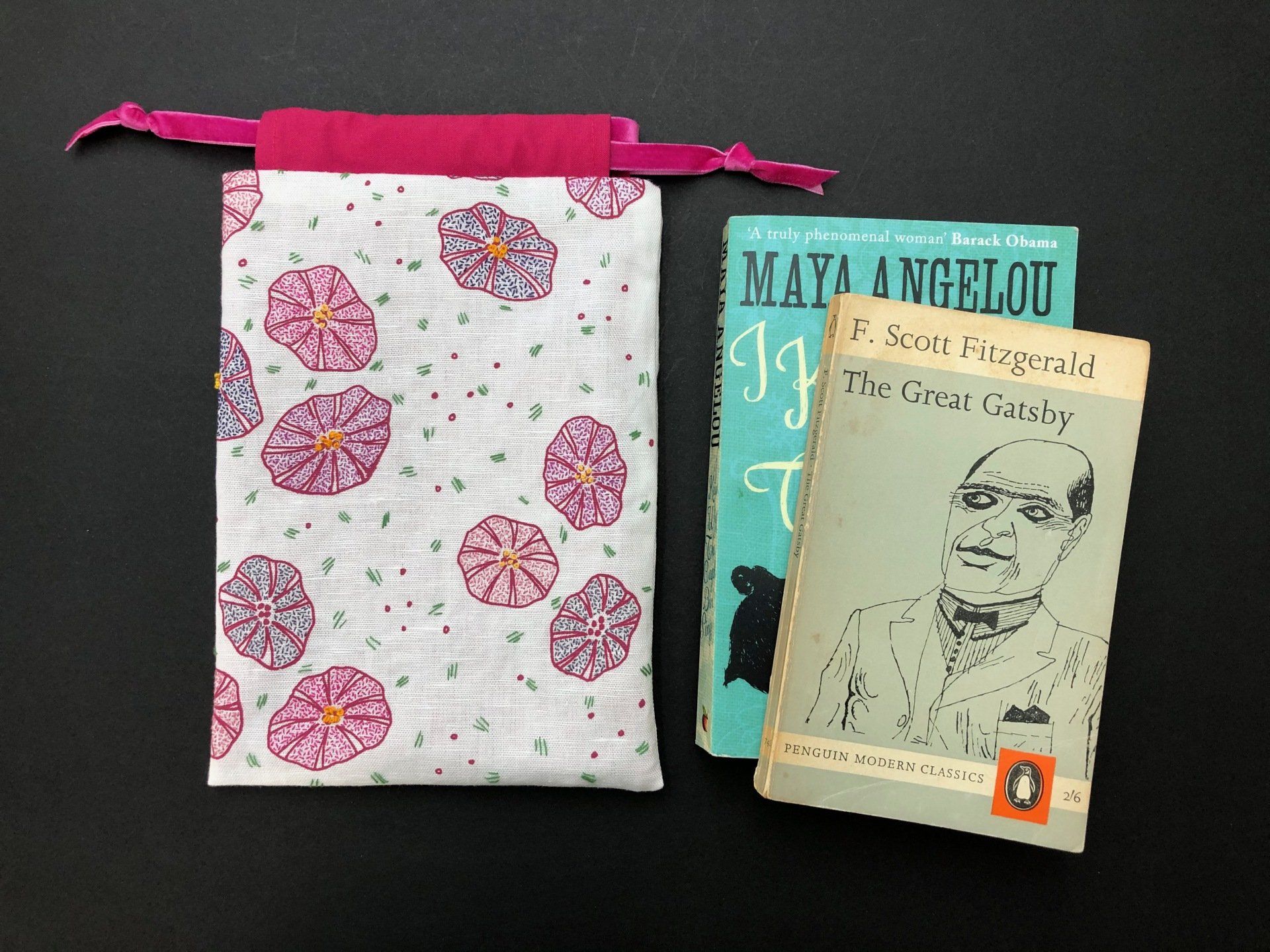Now you have your Half Square Triangles ready to make a design of your choice. I played around with several options before I decided to go ahead with a random layout. If you're not sure, take photos of your potential layouts and look at them on your screen, they look quite different when you take a step back.
Half Square Triangle Cushion Tutorial
Making a Half Square Triangle Cushion

I'm a big fan of simple blocks and shapes when it comes to quilting, I like to see the print of the fabric and I like to add a solid colour to give the eye somewhere to rest and create a strong statement.
I've recently finished making 2 cushions using HST's and I thought I'd share my process with you. For both cushions I used fabric panels from my shop. You don't have to use the same prints or colours, choose something that will compliment your home decor.
For the grey cushion, finishing at 15.75" (40cm) square you need to cut:
8 solid pale grey 5" squares
4 white with cloud seed 5" squares (1 panel)
4 grey with white seed 5" squares (1 panel)
For a solid backed cushion you'll need 2 fabric panels and 1/2m pale grey coton.
In this cushion I used my printed fabrics on the cotton basecloth.
Draw a line diagonally across the solid pale grey squares and place each one directly on top of the printed sqaures, right sides together.
Using a quarter inch seam allowance, stitch on either side of the diagonal line. Cut along the line so you have two traingles. Open and press your seams to the solid pale grey fabric.
Trim off ends so you're left with neat squares.
8 solid pale grey 5" squares
4 white with cloud seed 5" squares (1 panel)
4 grey with white seed 5" squares (1 panel)
For a solid backed cushion you'll need 2 fabric panels and 1/2m pale grey coton.
In this cushion I used my printed fabrics on the cotton basecloth.
Draw a line diagonally across the solid pale grey squares and place each one directly on top of the printed sqaures, right sides together.
Using a quarter inch seam allowance, stitch on either side of the diagonal line. Cut along the line so you have two traingles. Open and press your seams to the solid pale grey fabric.
Trim off ends so you're left with neat squares.
Once you've decided on your layout, sew together each row, using half an inch seam allowance. Press the seams on each row in alternate directions to reduce the bulk.
Pin at the point where the squares are to meet and join together your rows. When you're happy your corners meet, press open the seam from the back to help reduce the bulk.
Pin at the point where the squares are to meet and join together your rows. When you're happy your corners meet, press open the seam from the back to help reduce the bulk.
For the blue cushion, finishing at 19" (49cm) square you need to cut:
8 denim grid 6" squares (2 panels)
8 cadet essex linen 6" squares
For a solid backed cushion you'll need 2 fabric panels and 1/2m essex linen.
For a pieced back you'll need 3 fabric panels and 1 FQ of essex linen.
In this cushion I used my printed fabrics on the linen / cotton basecloth.
The method for making up this cushion is the same. I hand quilted with a single stranded cotton and did a heavy Sashiko style running stitch on the essex linen and a lighter version on the grid print.
If you make a HST cushion or quilt with my fabrics I'd love to see, share it on Social Media with #ColetteMoscropTextiles.
Please ask if you're unsure about anything, I'm happy to help where I can.
Please ask if you're unsure about anything, I'm happy to help where I can.
share with a friend
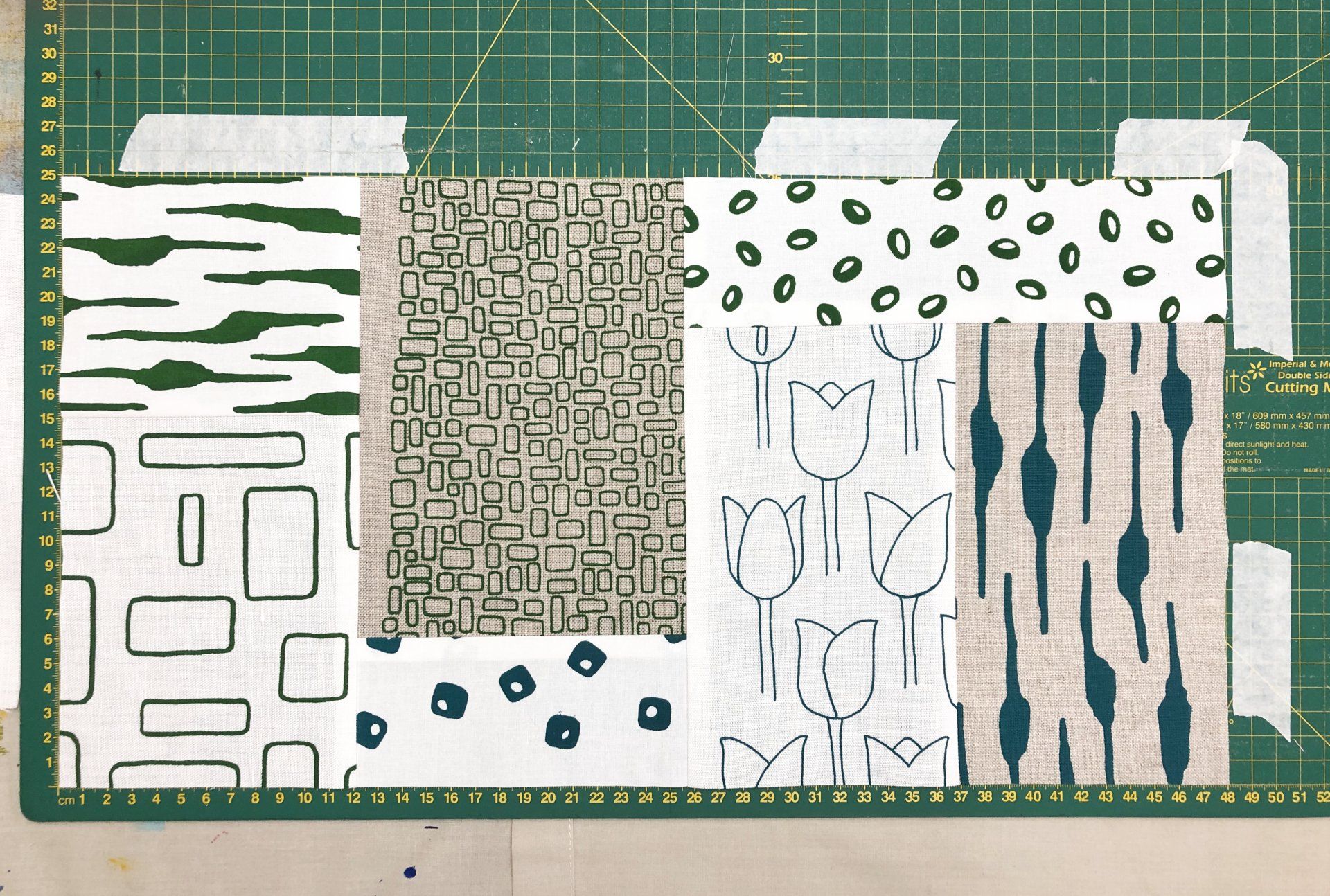
I'm often asked how to patchwork fabrics together to a specific size, such as when you may be making a purse / bag / Fabric Bucket etc. Using a solid piece of fabric is always an option, but it's more interesting to piece together your favourite fabrics to make your finished item more personal to you. I've put together this guide to help you, I often work in an improvisational style, as I like to play around with pattern and scale until I'm happy with the finished composition. * This tutorial does assume you know how to cut and trim fabrics with a cutting mat, acrylic ruler and rotary cutter, if you've not used these before, a quick web search will help you out. *
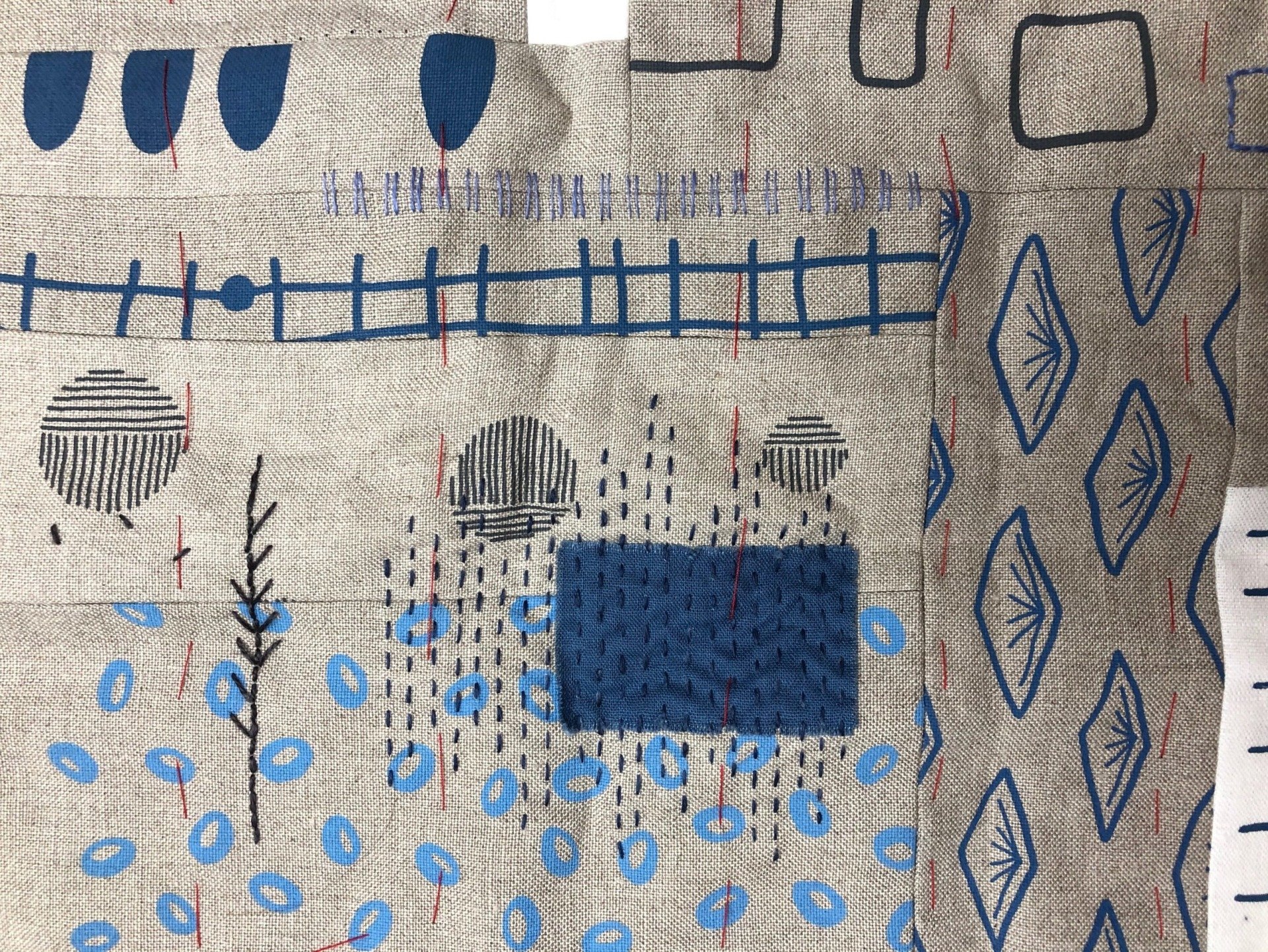
If you've seen my work at a show you'll already know that I'm all about the texture of a project. I love to use natural fibres and threads to build up a range of texture. I thought I'd share some images to inspire you to take the plunge and add some freestyle stitches to your projects. The first thing I usually add to my work is a layer of cotton wadding (batting) to the reverse of the fabric I'm going to be stitching on. I baste this (large tacking stitches) with a brightly coloured thread so it's easy to spot when I'm ready to remove it. You may have some wadding left over from quilt projects, if not try your local quilt shop / online stockist. Then it's time for the fun part, slow stitching and adding your personality to your work. I am no expert at embroidery, I simply draw and sketch with a needle and thread. I'm not looking for perfection and neat regular stitches, for me it's about the process. Enjoying the time it takes to stitch and seeing where the needle takes me. I don't plan my pieces before I start, I choose a couple of threads and dive in. If you're new to embroidery, here are a few tutorials to give you some guidance, Royal School of Needlework Stitchbank , DMC and The Spruce Crafts .
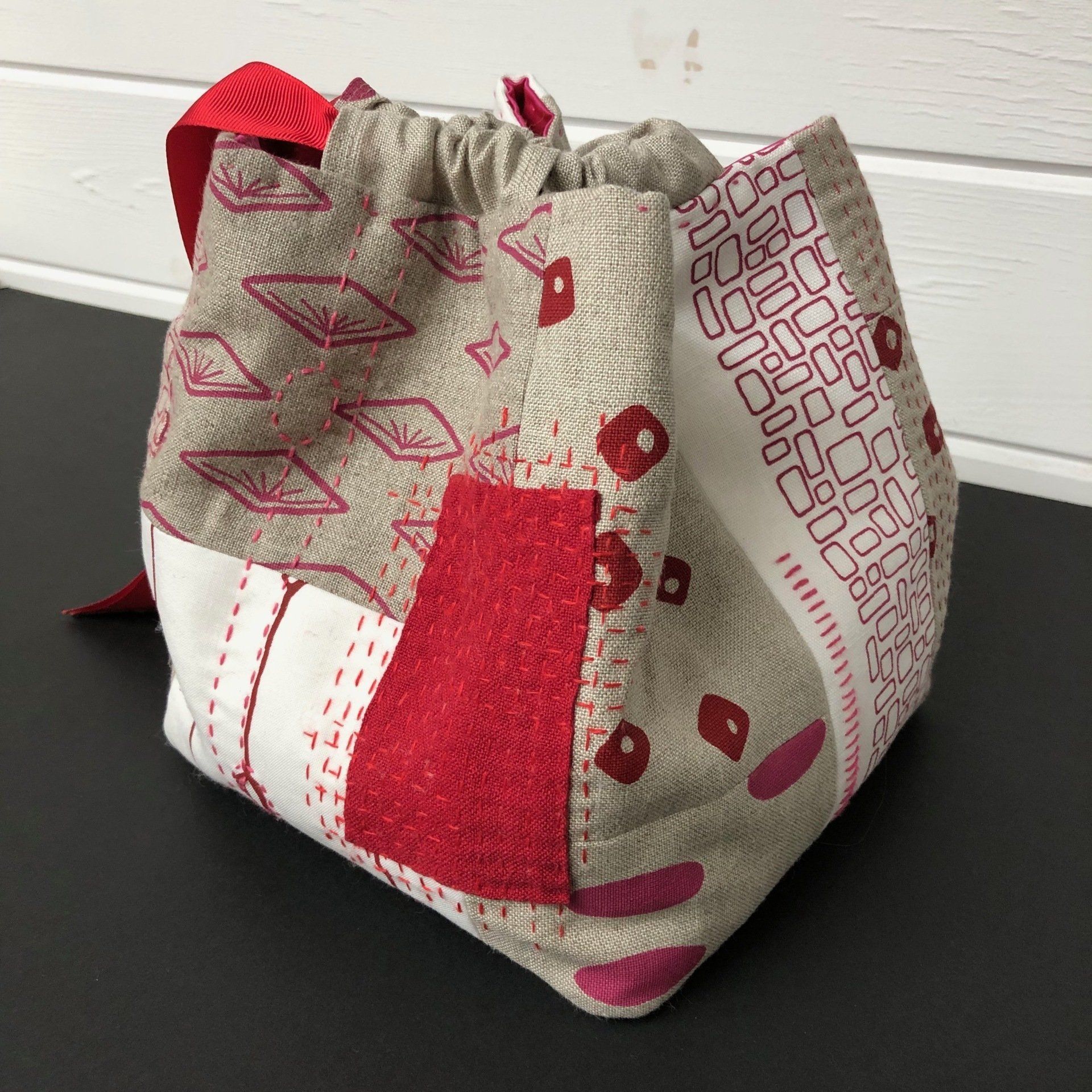
I thought I'd share with you some images of the Japanese Rice Bag I made earlier in the year. This project was one of the most soothing I've worked on as it was such a simple make with beautiful results. I carefully chose my favoutite colours and prints, hand stitched in the garden over the summer and let my mind wander as I stitched freely, waiting to see what came next.
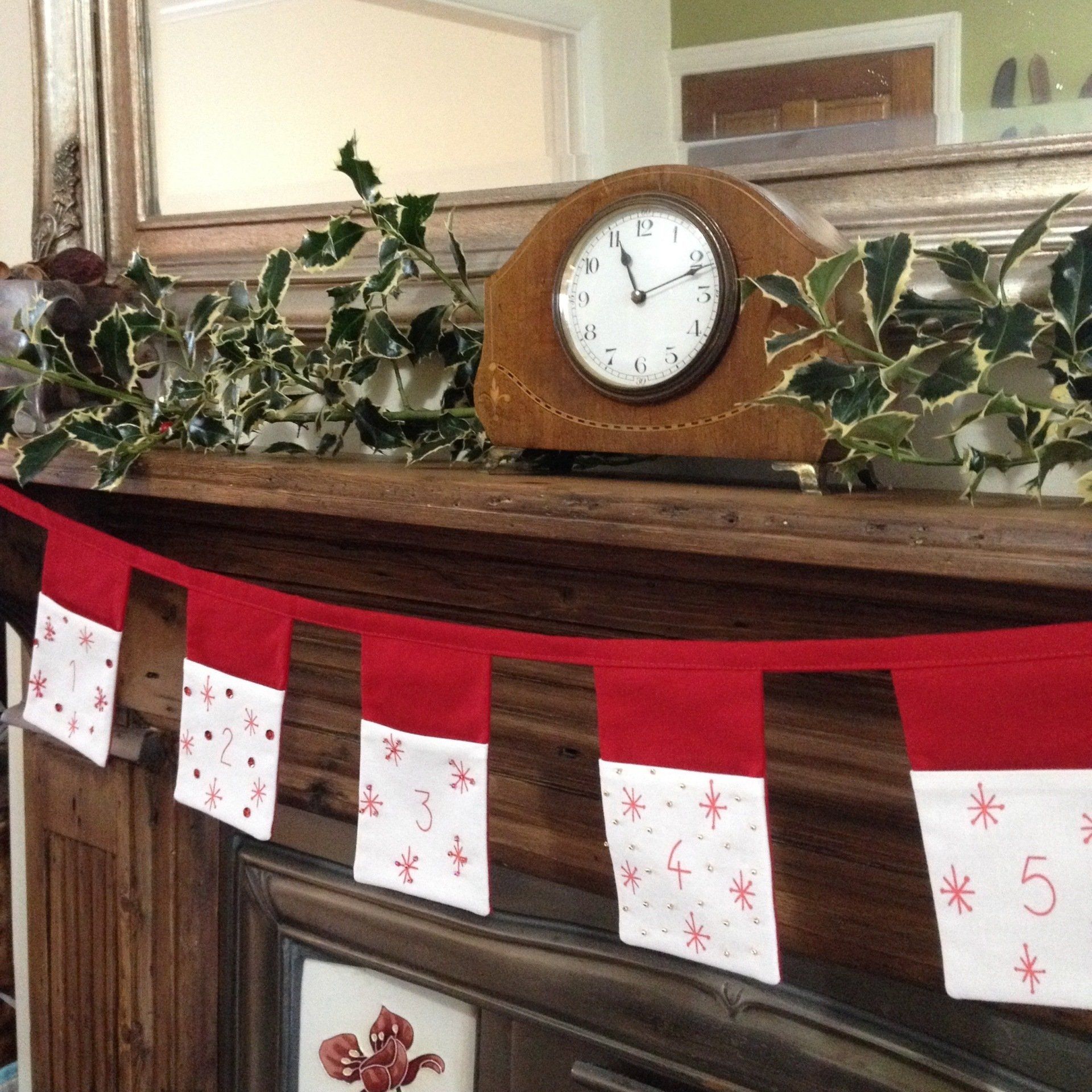
This bunting has pockets to fill with treats and festive challenges for your little ones on the run up to Christmas. You can make a long piece or break in into smaller sections depending on where you want to hang it in your home. You will need: 1 advent calendar panel 1.25m – 1.5m co-ordinating solid fabric (see point 8 below) Scissors / rotary cutter and mat / quilt ruler Thread Fabric marker – tailor’s chalk / fabric pencil, tape measure Cutting: cut along the red grid of your advent panel to give you 25 individual number squares. cut 25 squares of red fabric measuring 9.5 cm x 9.5cm cut 50 rectangles of fabric measuring 9.5cm x 14cm cut 4cm x length(s) you require for your bunting. (see point 8 below) If you want to decorate your number panels, do so before stitching up your bunting pockets, be sure to leave at least 1cm clear of the edges for seam allowance. 1 – right sides together, join a red square and a number square, stitching across the top edge with a 5mm seam allowance. 2 – from the wrong side, press the seam allowance towards the red fabric, then fold and press the red to the back of the number square. This will create the front of your pocket.
